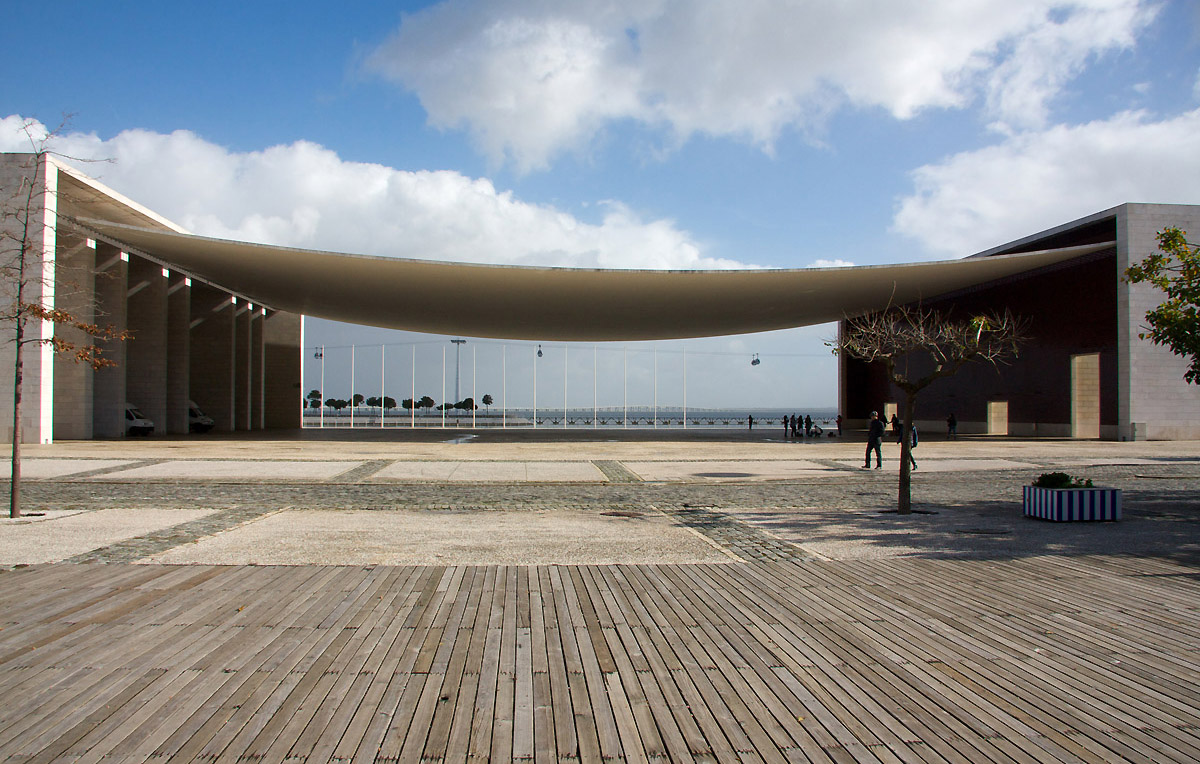
Alvaro Siza , il padiglione portoghese dell'Expo '98 Q C Arch
Portugal Pavilion - Alvaro Siza Vieira Seen from the boardwalk across the lagoon. The jewel of the Expo site is this small building from Siza. I still remember seeing it for the first time in my student years: the thin and light roof hanging delicately from two massive porticoes, the surprise of learning it was not a cloth, but heavy concrete, done with such mastery and structural honesty.
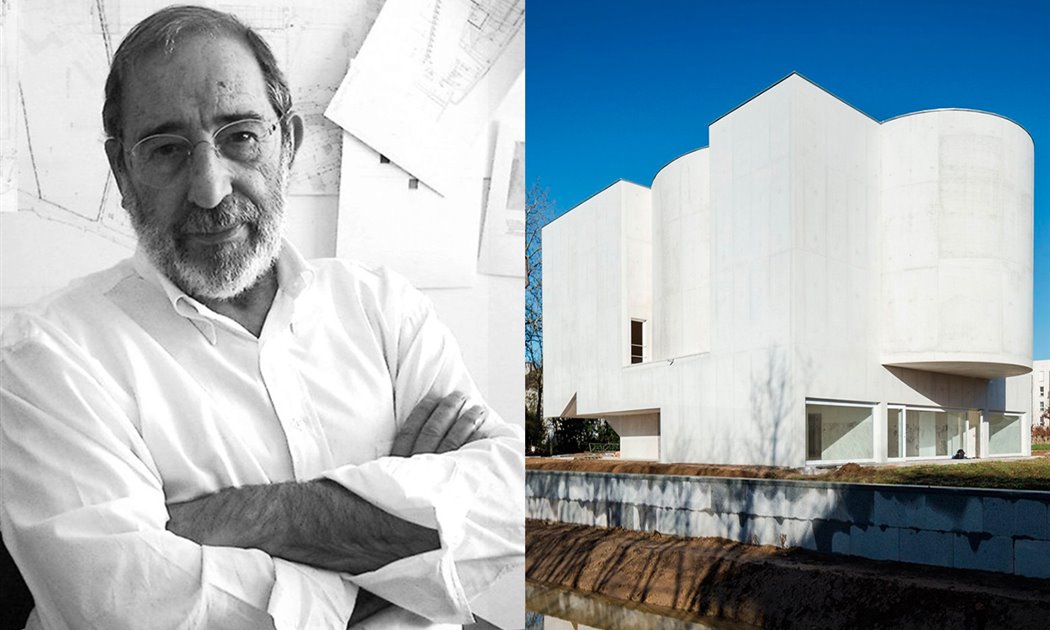
Alvaro Siza, de Portugal al mundo
Under the graceful touch of Álvaro Siza Vieira, physics and physical form theatrically engage one another, and simplicity and clarity elevate the pavilion to the height of modern sophistication.
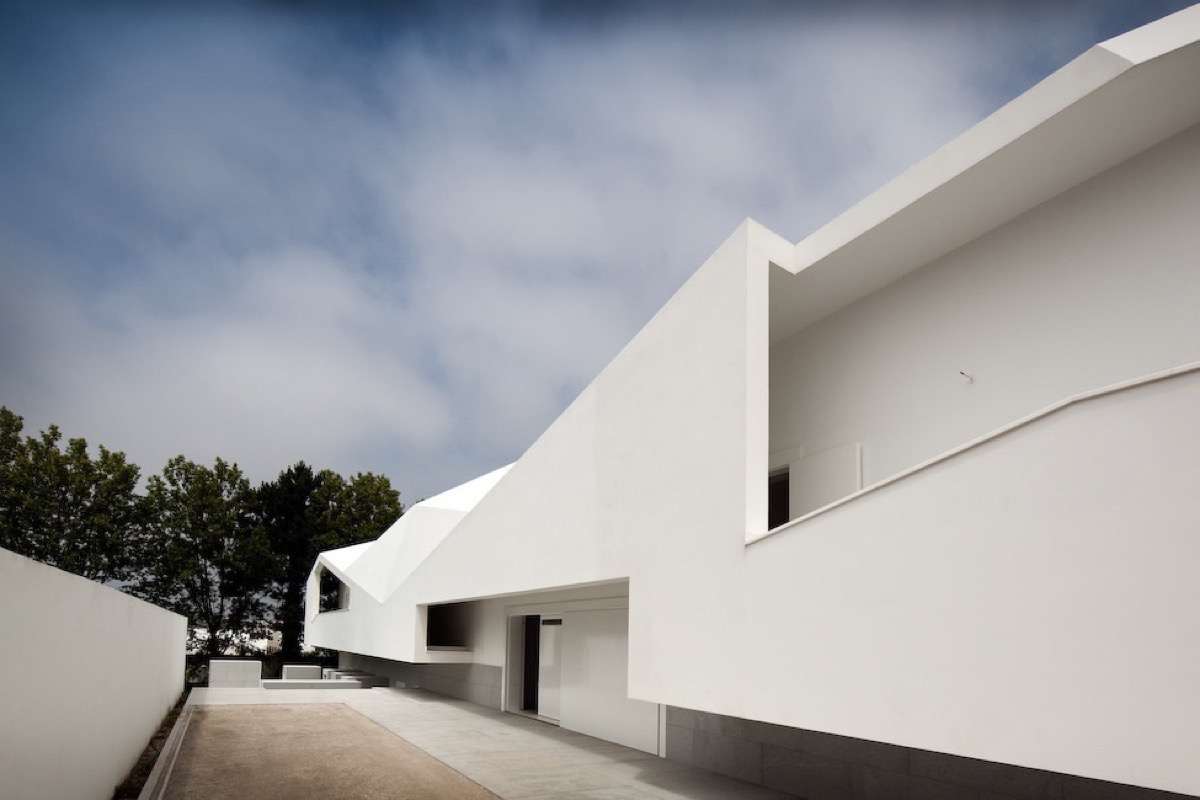
alvarosiza WikiArquitectura
Expo '98 (1998 Lisbon Specialised Expo) was an official specialised World's Fair held in Lisbon, Portugal from Friday, 22 May to Wednesday, 30 September 1998.. It was designed by Álvaro Siza Vieira. The entrance to the building was covered by a large concrete veil, mimicking a paper sheet linking two main buildings and opening a wide urban.

Galeria de Em foco Álvaro Siza 41
The architect was the subject of the documentary SIZA, directed by Augusto Custódio and available on the streaming platform Gallery. ArchDaily is a partner of Gallery for the premiere session of.
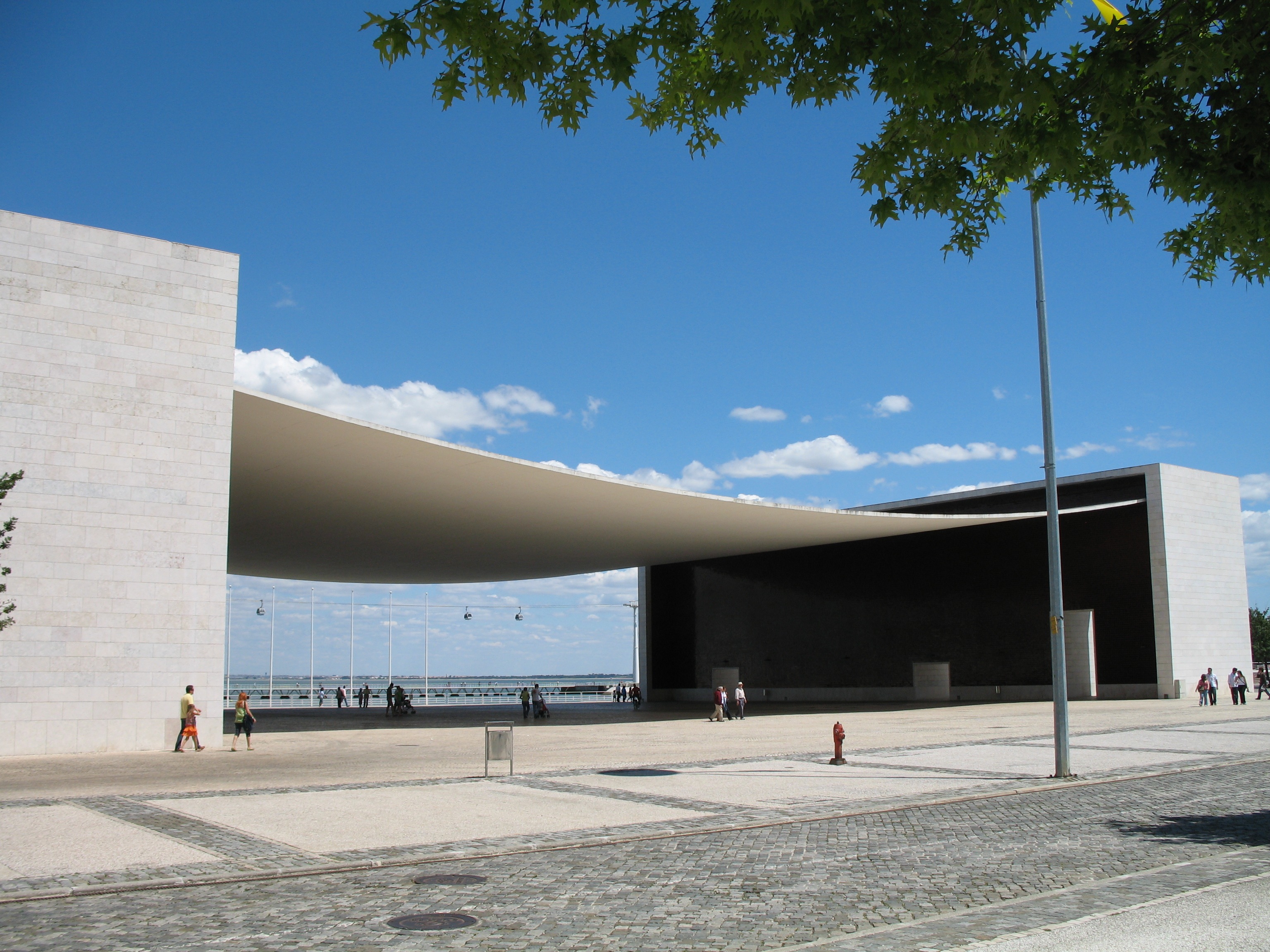
Iberian architecture builds a modern legacy Iberosphere News
Alvaro Siza 1998. The Portuguese National Pavilion by Alvaro Siza was designed to be the architectural centerpiece of the 1998 Lisbon World Exposition. This building functions as the monumental entry gate to the Expo site, which frames the visitor's view of the ocean and helps draw the visitor's attention to the Expo's theme, "The Oceans, a.
.jpg)
a f a s i a Álvaro Siza
The Portuguese Pavilion Expo '98 by architect Alvaro Siza was built in Lisboa, Portugal in 1995-1997. en.wikiarquitectura.com. Search. Buildings Architects Places Rand. es; en; Videos. More. To achieve the Lisbon Expo 98, Portugal Siza entrusted to the realization (without a competition) to the main pavilion at the expo and to represent.
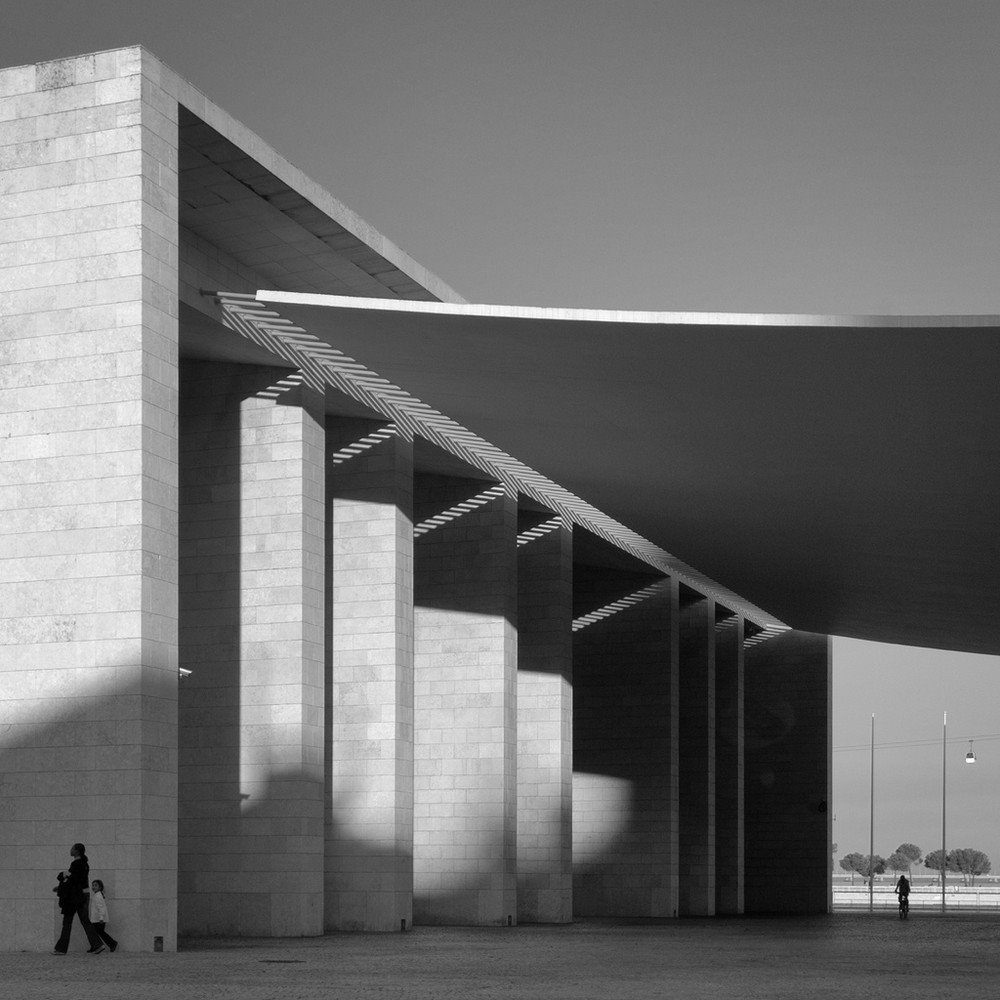
Alvaro Siza, de Portugal al mundo
Álvaro Siza explains how he created the swooped concrete roof of the pavilion he designed for the 1998 Expo in Lisbon in this exclusive movie. Located at the mouth of the Tagus River in the Portuguese city, the Expo'98 Portuguese National Pavilion was built to form the main entrance to the World Exposition, which took place in 1998.

Portuguese Pavilion, Expo 1998, Lisbon. Architect, Alvaro Siza
Siza was born in the town of Matosinhos, near Oporto, Portugal, in 1933. He studied architecture at the Escola de Belas Artes in Oporto from 1949 to 1955, and his first design was built in 1954. From 1955 to 1958, he worked with architect Fernando Tavora. Through the 1950s, Siza developed several projects in Matosinhos, including private houses.

Gallery of Interview with Álvaro Siza “Beauty Is the Peak of
Share. . Image 9 of 12 from gallery of AD Classics: Expo'98 Portuguese National Pavilion / Álvaro Siza Vieira. Photograph by the Architect.

Álvaro Siza, Expo ‘98 Portuguese National Pavilion, Lisbon, 1998www
198 West 21th Street, Suite 721 New York NY 10010. Contact. Email: [email protected] Phone: +88 (0) 101 0000 000 Fax: +88 (0) 202 0000 001
.jpg)
Álvaro Siza a f a s i a
Álvaro Siza designed the Expo'98 Portuguese National Pavilion as a building of two halves. Siza chose to split the building into two parts: one portion was designed to be adapted for various uses.
.jpg)
Álvaro Siza a f a s i a
The Portuguese Pavilion of 1998, designed by Alvaro Siza, was a prominent feature at the Lisbon Expo 98. Without competition, Siza was entrusted with realizing the main pavilion to represent Portugal and its history, commitment, and importance in the seas. The building was designed to be a permanent structure that would be utilized after the.

AD Classics Expo'98 Portuguese National Pavilion / Álvaro Siza Vieira
The Expo '98 Portuguese National Pavilion is a monumental piece of architecture, imposing itself like a sculpture of stature on the banks of the Tagus River in Lisbon, Portugal.Designed by Álvaro Siza, and coupled with the engineering ingenuity of artist Cecil Balmond, the pavilion with its dreamy concrete canopy frames breath-taking views of the river and the city on either end.

Pin on Architecture
The starting point of the research is an analysis of the Portugal Pavilion via the urban renovation of the 1998 Lisbon World Exposition. Designed without a specific post-Expo programme, the Pavilion can be seen as a test case of Siza's architecture and a reference in Portuguese architectural culture, envisioned as a symbolic setting for a representation of Portugal during the Expo98.

Creating the Expo'98 Portuguese National Pavilion was "difficult" says
Álvaro Siza explains how he created the swooped concrete roof of the pavilion he designed for the 1998 Expo in Lisbon in this exclusive movie.Located at the.
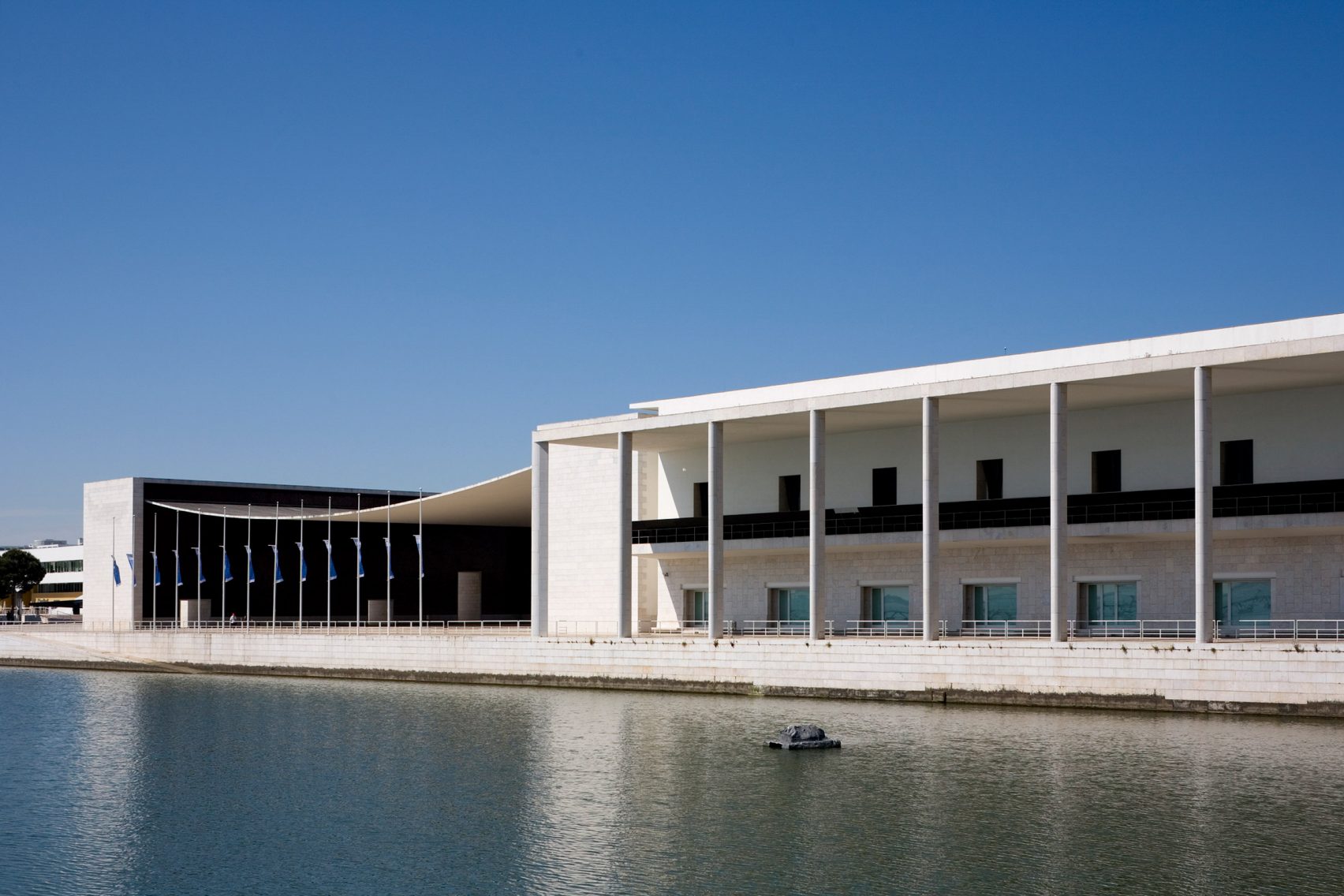
Creating the Expo'98 Portuguese National Pavilion was "difficult" says
At the Expo '98 Portuguese National Pavilion, structure and architectural form work in graceful harmony. Situated at the mouth of the Tagus River in Lisbon , Portugal, the heart of the design is an enormous and impossibly thin concrete canopy, draped effortlessly between two mighty porticoes and framing a commanding view of the water. The.